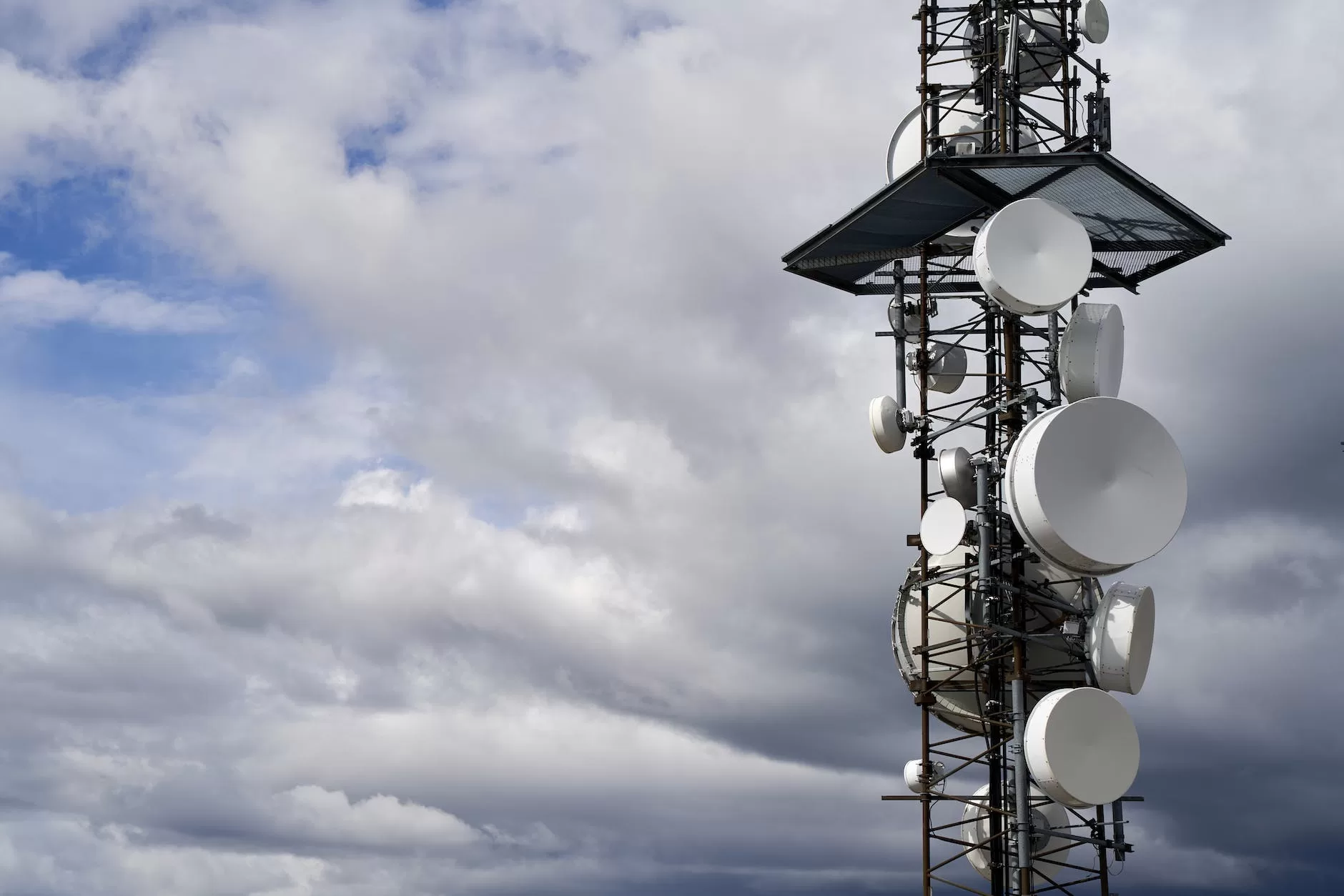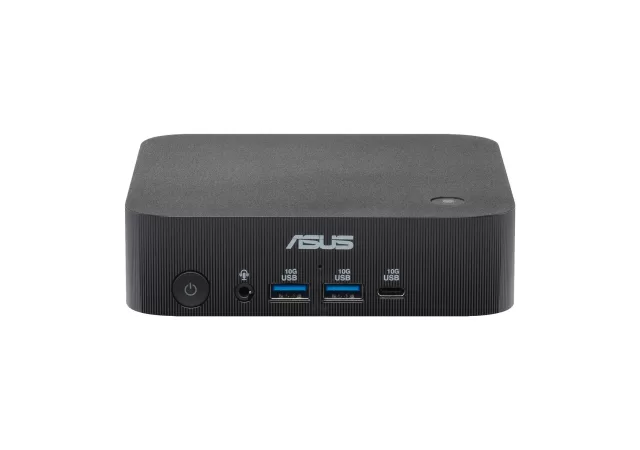The Heavy Reading 2022 5G Network Strategies Operator Survey provides insight into how 5G networks may evolve as operators and the wider mobile ecosystem continue to invest in 5G technology. The article will discuss some of the findings for 5G and edge computing, and conclude with a perspective centred around 5G security.
Drivers for 5G edge deployments
Current edge deployments are being driven by the healthcare, financial services and manufacturing industries. Heavy Reading says the next largest growth segment will be the media and entertainment sector, with 66% of respondents indicating they would deploy 5G edge services to these verticals in the next two years.
As the compiled data illustrates, the initial edge focus for service providers is to lower costs and increase performance. From a financial perspective, the main driver cited by 63% of those surveyed was to reduce bandwidth use and cost, followed by better support for vertical industry applications (46%) and differentiated services versus the competition (43%).

Two key criteria for edge deployments by smaller operators (less than $5bn in annual revenue) were improved resilience and application performance. Respondents cited that both these criteria had the effect of lowering costs and increasing customer satisfaction as service level agreements (SLAs) would be easier to fulfil.
Larger operators bring focus to differentiated services and applications that would create new revenues. The reason higher significance was communicated compared to smaller operators (68% versus 28%) might be centered in the need to compete not only with other telco service providers, but also hyperscalers. This presents an interesting observation considering that some service providers are looking to partner with hyperscalers to overcome challenges with edge deployment.
Edge deployment options
Even though a variety of different deployment options for the edge can be utilized, the most favored one is a hybrid public/private telco cloud infrastructure, with 33% of respondents preferring this choice. This finding is not surprising, as it allows service providers a good mix between ownership and control, and also reach.
As Heavy Reading points out, the cultural reluctance service providers retained when partnering with hyperscalers is now diminishing, primarily due to the speed at which hyperscalers can roll-out edge deployments.

Deployments at the edge of the network, actually on-premises, is also an option chosen by some service providers, and seems to be targeted at private 5G opportunities. Multi-access edge computing (MEC) is seen as a key enabler for private 5G, with private 5G for mining being a key segment for US tier 1 service providers.
The use of container-based technology at the edge
Linux containers allow the packaging of software with the files necessary to run it, while sharing access to the operating system and other infrastructure resources. This configuration makes it easier for service providers to move the containerized component between environments (development, test, production), and even between clouds, while retaining full functionality. Containers offer the potential for increased efficiency, resiliency and agility that can boost innovation and help create differentiation.
However, utilization of container-based technology remains a challenge for many service providers in the context of edge deployments. The survey confirms this complexity in the relatively slow pace of transition to containers, with almost half of respondents claiming less than 25% of their edge workloads are containerized today. This trend is forecasted to display greater adoption in the coming years, as over 50% of respondents expect 51% or more of their workloads to be containerized by 2025.
Other complexities with edge deployments
Cost and complexity of infrastructure is cited as the main barrier to current edge deployments (55% of respondents). Integration and compatibility between ecosystem components also scores high (49%). To address the integration and compatibility challenge, Red Hat has retained strong collaboration with partners focused on innovation for service provider networks.

Through our testbed facilities we can enable the development, testing and deployment of partner network functions (virtual network function and cloud-native network function) for accelerated adoption and mitigation of risk. We continuously validate network functions to ensure they’ll work reliably with our product offerings.
Additionally, Red Hat has developed numerous partner blueprints and reference architectures to allow service providers to deploy pre-integrated components from different vendors. Through our extensive portfolio, we provide a common and consistent cloud-native platform, accompanied by necessary functional components, orchestration and integration services from our partners for full operational readiness.
5G security concerns and strategy
Security of 5G networks has even great importance, primarily due to a more distributed network architecture, more capable devices, and a larger quantity of attack surfaces. The survey indicates a number of infrastructure capabilities that are important to service providers in a security context, including the use of trusted hardware and identity, and access management. In terms of securing the 5G edge, trusted hardware is considered a critical component for device endpoints.
As reinforcement to earlier points around container-based technology — container orchestration security and continuous image security scan and vulnerability analysis — also score highly. Trusted hardware and continuous image security scan and vulnerability are also the top two priorities for service providers’ 5G edge security strategies. They are also ranked highly as important capabilities for securing endpoints.

Zero-trust deployment and provisioning is also called out as an important factor. Zero-trust scores relatively highly in terms of consistent infrastructure provisioning for physical and virtual network functions (48%) and encryption of data in motion (46%).
While the majority of service providers say they are confident their 5G security strategy is robust, there is concern outside of the US related to maturity and the ability to scale. These concerns are centered around the internal resources and related skill sets needed to effectively implement a security strategy that includes ever-changing risks, compliance requirements, tools and architectural modifications.
Closing remarks
The edge expands opportunities and migrating toward it to capture new service and revenue opportunities, as well as network efficiencies, is a critical direction for service providers. With increasing demand and application use cases difficult to predict, technologies must be able to continually adapt to avoid inflexibility.
Service providers must implement security strategies and processes using different capabilities to effectively mitigate security risks. And these strategies and processes must be adapted over time as technologies, threats and needs evolve. Centralized identity management and access control is key for cloud-centric security approaches, using the principle of least privilege to provide users with only the access they need.





